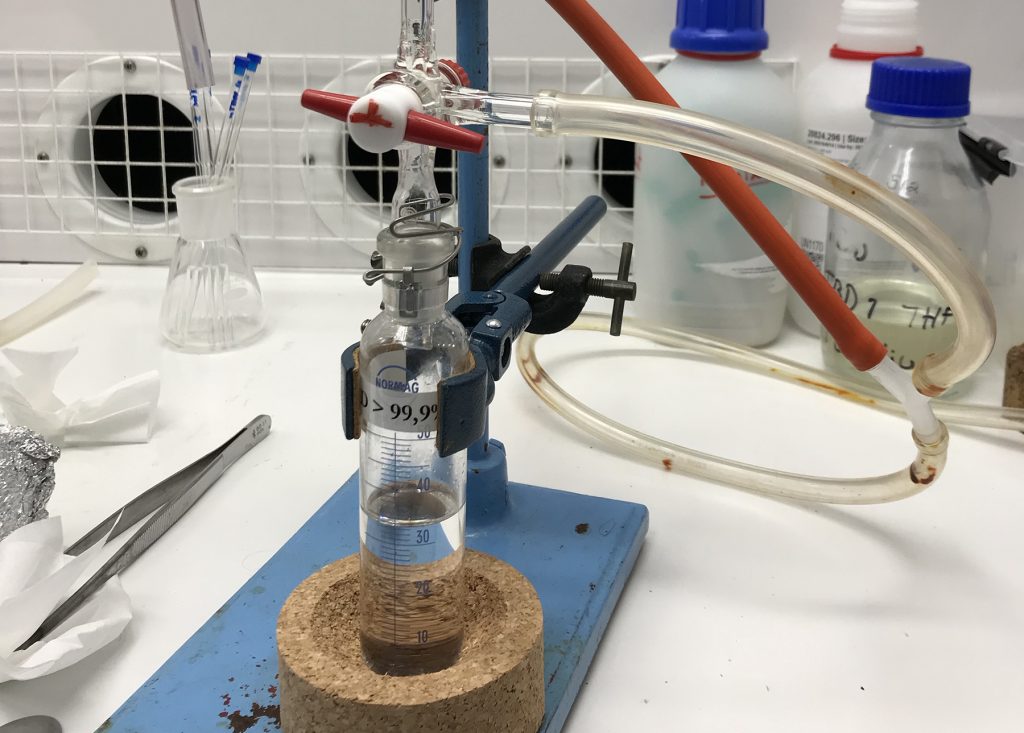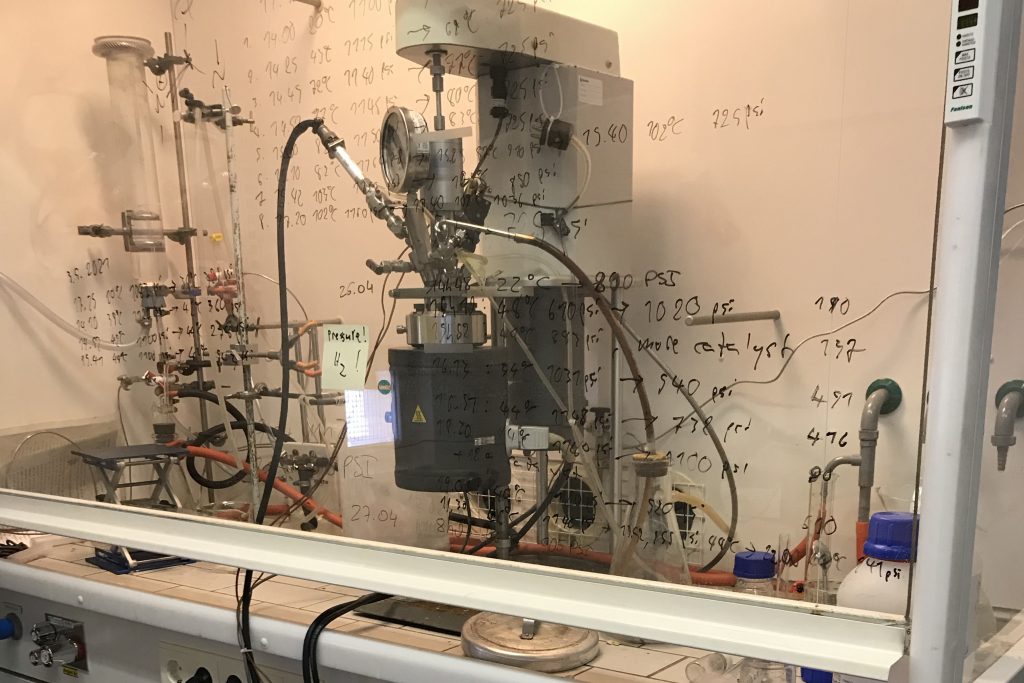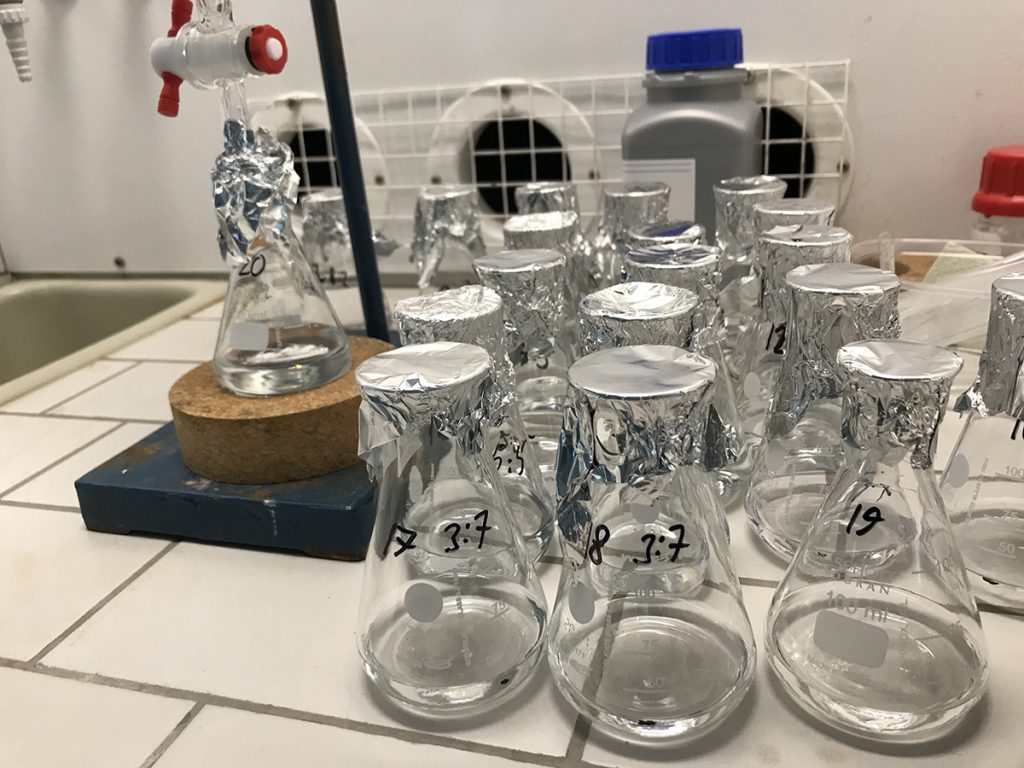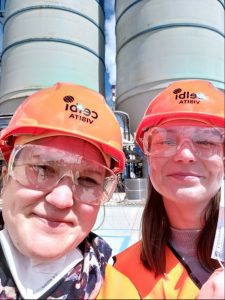The GRETE partners know: chemistry is behind everything and plays a fundamental role in almost any imaginable product or technology around us. No wonder the consortium is packed with experts having a deep understanding of chemical processes and how to use atoms, molecules and ions to find new solutions and make magic happen. While the pulp is our lead to be transformed into gold, ionic liquids are the magical ingredient of the GRETE scientists to transform wood into textile fibres. The approach is not unexplored, but several barriers still need to be overcome.

An ionic liquid is a salt in the liquid state, referring to salts that melt below 100° C. Ionic liquids have many potential applications: broadly used as electrolytes, they are also powerful solvents, but only in 2002 it was discovered that ionic liquids are able to dissolve cellulose. Since then the focus of the Sustainable Chemistry research group at University of Helsinki, lead by Prof. Ilkka Kilpeläinen, has been on the development of ionic liquids as a platform for biomass processing in general, and in particular on the dry-jet wet-spinning of cellulose from ionic liquids applied also in the GRETE project.

Cellulose-dissolving ionic liquids represent an interesting solution for a wide range of applications, and industrial scale attempts using ionic liquids in producing regenerated cellulose fibres are coming up. However, the bottleneck to be opened up for commercially relevant large scale usage is the stability and recovery of the expensive ionic liquid component. In addition, the successful application of ionic liquids requires a good understanding of their environmental impact, starting from their behaviour in water.

The separation and purification of the ionic liquids from water used in the fibre spinning process is studied by members of PATH, the research group lead by Prof. João A. P. Coutinho from the University of Aveiro that is part of the CICECO Aveiro Institute of Materials. Besides collaborating with Ilkka Kilpeläinen’s team, João Coutinho’s group works also with the VTT experts on the impact of ionic liquids on the enzymes activity and stability in order to understand the behaviour of the modified wood pulps in the ionic liquid dissolution.

The research on the ionic liquids in GRETE is completed by Prof. Antje Potthast’s expertise and her team of the Biopolymer and Paper Analysis research group at BOKU whose activity covers the entire spectrum of analytical questions related to lignocelluloses, especially cellulose, hemicelluloses, lignin and extractives. The scientists provide analytical support on side degradations of cellulose in the GRETE ionic liquids and on the presence of residues that may influence the fibre quality and the recyclability of the solvent system.
The GRETE achievements are based on a solid collaboration of renowned experts, join the project’s LinkedInGroup to get in touch!




